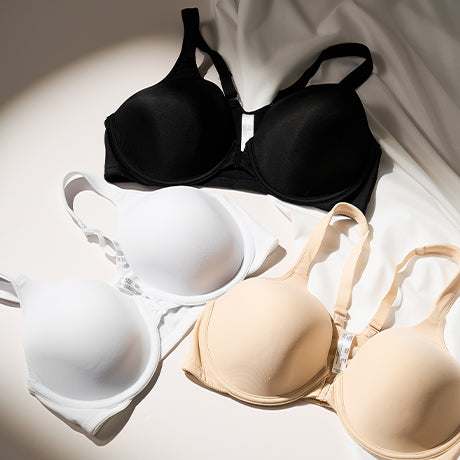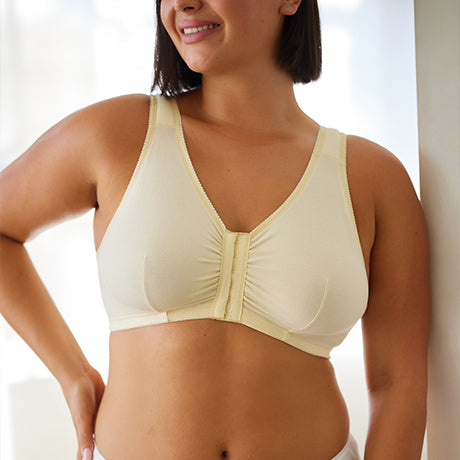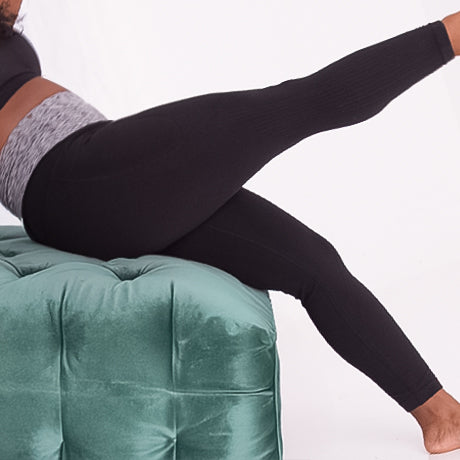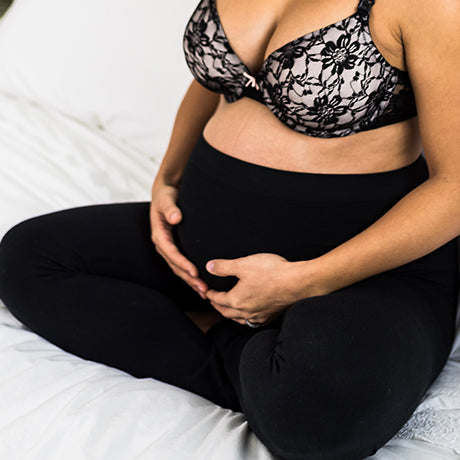Is it Time to Baby Proof? Baby Proofing 101
As your little tot becomes more mobile, its time to consider baby proofing your home. Baby proofing will keep your baby safe from potential dangerous situations – getting into cleaning supplies, falling down stairs or getting cut with broken glass – and also protects your belongings. While it may not be the most convenient for you, baby proofing is necessary for a safe and healthy home.
Many parents dread baby proofing because it can be time consuming and make life a little frustrating when you want to get into cabinets, drawers and down the stairs. But the inconvenience is well-worth the safety of your baby. One of the best ways to ensure baby proofing is not overwhelming is to do it gradually as your baby becomes more mobile and curious. Each baby requires different levels of security. Some are more cautious and are not all that interested in exploring new spaces. Others are dare devils and will climb and jump on anything in sight. Progressively baby proof to your child’s level step-by-step, but be observant to predict what your little one may start getting into next. For example, if he’s working on opening kitchen drawers but can’t quite grasp the knobs yet, you know it will soon be time to lock them.
Start baby proofing from the ground up. If you have flower pots, decorative items and low shelves and drawers, secure those items first. You may need to remove them or raise them higher temporarily until your baby is mature enough to listen and follow directions. It’s a good idea to cover all outlets with secure covers that your baby cannot remove. If your baby tends to pull out plugs, get plug protectors, which are like small boxes that you fit over the entire outlet plate.
Regardless of your baby’s level of adventure, you will want to lock cabinets that contain cleaning supplies, chemicals, medications or any other harmful substances. There is no reason to risk your baby getting into these items, even if he has never tried before. Close off any stairs or spaces that are absolutely off limits to babies with baby proof gates. Keep in mind that anything with small parts can be a choking hazard and anything with a long cord or string (electronics, blinds, curtains, etc…) puts your baby at risk of strangulation. Sharp corners on furniture can be dangerous so add cushioned tape or plastic corner covers. Also, keep matches and lighters out of reach and never leave your baby around standing water.
As your baby learns to pull up on furniture and grows taller, you’ll need to do another round of baby proofing for his new line of view and reach. Consider the fact that your baby or toddler may eventually be able to climb up to new heights too. This means you should not leave dangerous items on countertops, such as knives, hot irons or heavy objects that can be pulled down. Be particularly careful with stoves and ovens. For minimal cost, you can get an oven lock and stove knob covers. For very curious children, you may need a plastic guard to protect hot pots and pans on your stovetop. Also be aware of which burners you use when your tot is home. Try only using back burners to avoid burns or spills from inquisitive little hands.
Beyond the obvious areas like ovens and stairs, some parents are not sure what exactly needs baby proofing in their home. Browse the child proofing aisles of a baby superstore or go online to see what products are offered. That will give you a sense of what many children tend to get into. But keep in mind, many baby proofing solutions do not require expensive gear. You can often create homemade versions with supplies you have on hand.
A natural part of infancy and toddlerhood is exploring so keep some spaces open to your child, even outside of his room or playroom. If you spend family time together in your living room, keep a basket of toys there for your baby. If your baby is usually at your feet while you are cooking in the kitchen, create a baby safe bottom drawer for him. Fill it with plastic items, old pots and pans and a few wooden or metal spoons. He’ll be delighted with “mommy’s toys” while you’ll get a few extra minutes to get dinner ready.
Baby proofing does not give you permission to let your baby go unsupervised, especially around doors, stairs and appliances. The idea is to minimize risk but you still need to keep a watchful eye on your little one. As you see he’s interested in getting into things he should not, use these times as teaching moments. The more you reinforce safety, the more your child will learn to avoid hazards on his own in the future. And keep your gadgets and nicer items out of baby’s reach too. You both may learn the hard way, but it will sink in pretty quickly.
Remember, baby proofing is only a temporary situation. Your house may not look like a picture in Better Homes and Gardens for a few years but you’ll be happy that you protected your baby and created a safe and healthy home environment. Good luck!
The post Is it Time to Baby Proof? Baby Proofing 101 appeared first on Leading Lady.





